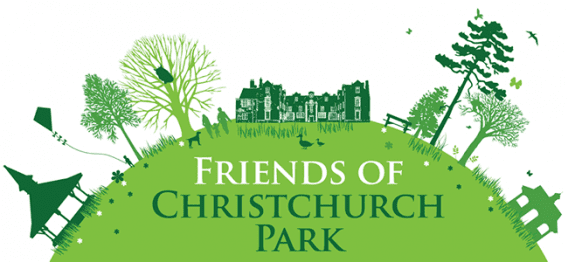In a corner of my shed I found a sparrow trap. This barbaric and lethal contraption is a reminder of two things; firstly, along with gin-traps and pole traps, this is a reminder of how we used to rid ourselves of any form of wildlife which was considered to be a pest; secondly, the point of this device is the fact that a few years ago house sparrows were so numerous that traps were created to specially rid ourselves of ‘spudgers’ Not that sparrows did much harm, they were just so common. Okay, so sparrows gather together in cornfields prior to harvest but what they consume compared to wood pigeons is negligible. The sparrow trap is a horrible device. It’s shaped like a Nissan hut about 30 inches long and made of wire-netting. A couple of sparrow sized ever-decreasing tunnels into this device allow a small bird to enter but not escape. The trap would be placed on the ground with a handful of grain thrown in and around it. Sparrows were trapped by the thousands in this manner but now, of course, things have changed and they are a treasure only found in a few strongholds. Locally, numbers are improving but they will never, I imagine, regain their previous status. Of course, it was not only a death trap for sparrows – finches and dunnocks also found themselves imprisoned.
I notice this year that starlings seem to be more common. Like the house sparrow starling numbers plummeted a few years ago. Already sturnum vulgaris have fledged their first brood and are now recycling. Not everyone likes the starling. This bird is argumentative and aggressive at bird feeders and food put out for other small birds quickly disappears. They are also armed with very sharp bills. I have said before that when starling numbers were at their peak in the 1970s I had dumped on my doorstep a couple of bags containing approximately 700 dead starlings, the result of someone trying to disperse a flock of roosting birds with a shotgun. Incidentally, many birders’ favourite ornithological sight is a murmuration of starlings. It is certainly mine.
An update from Philip Murphy assures me that the pair of coot on the Wilderness Pond have raised five young. I say raised because the young are not as large as their parents yet and I hope they will not succumb to the menace of the large gulls. Why is this, what is so different between a duckling and a baby coot? It is the parents. Mallard ducks offer little protection to their brood and when duckling scatter they are easily picked up but adult coots have sharp, pointed bills and ferociously defend their offspring. A ball of black with a clearly defined white pointed bill seems to be an adequate defence against the scavenging gulls. Not so the little grebes. It appears, according to Philip, that our grebes were unsuccessful with their young. Apparently, they had at least one but that and the adults have disappeared. Where to? We don’t know. Perhaps they have decided that our Park is not a safe place to rear their family. We shall see.
RSPB Minsmere is a super Reserve. The volunteer staff are courteous and willing offering an up to date print out to visitors listing what has been seen in the last few hours and latest sightings chalked up in Reception. The visitors too are friendly and willing to share information on what they have seen. However, all is not perfect. A sheet of paper I received stated that a pair of Dartford warblers with chicks can be seen in the dunes and stonechats also have young. It also said “please, watch from a distance to minimise disturbance”. It is a shame that some keen, excited (or should it be said selfish and inconsiderate) birders are causing huge disturbance by getting too close to these small breeding birds in order to get photographs of them.
